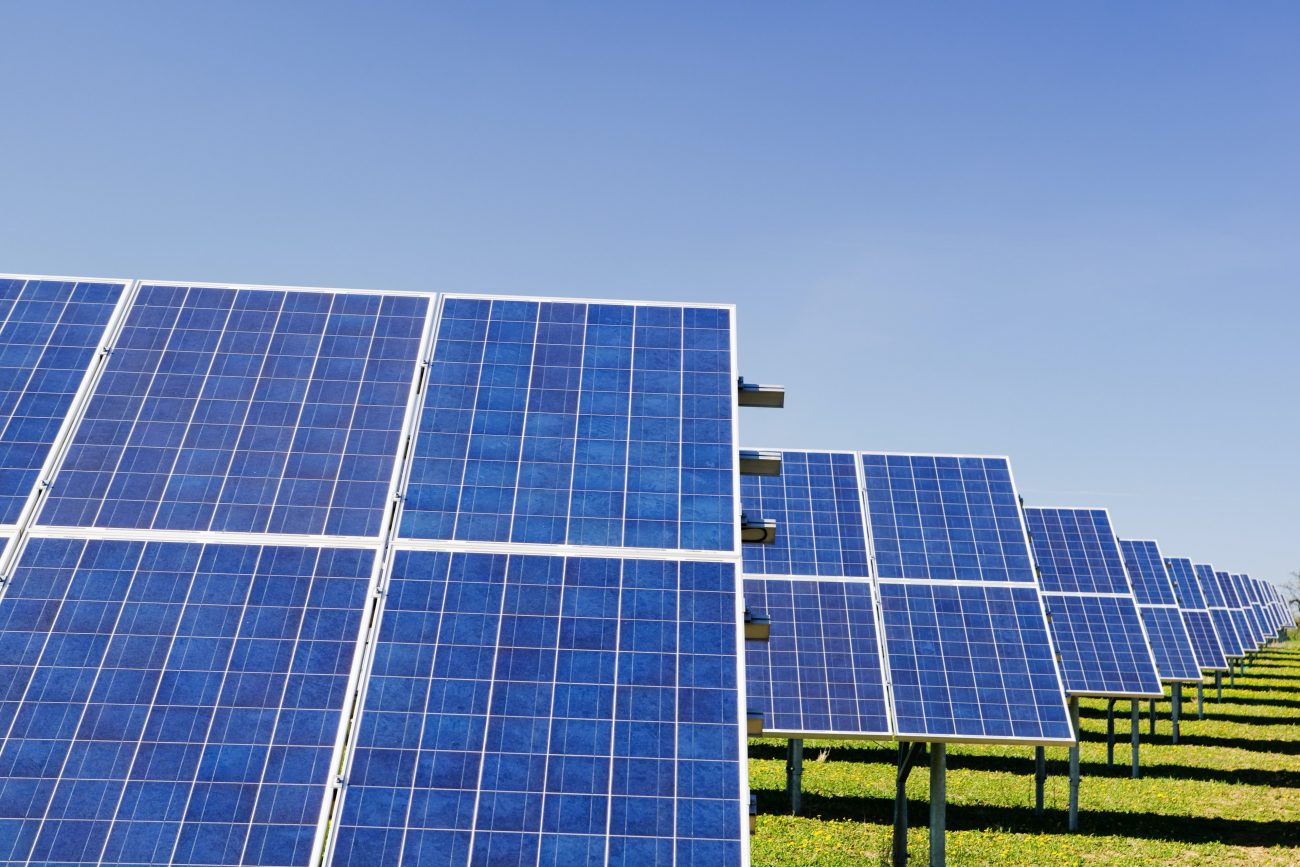Debunking Three Common Myths About Solar Power
Solar power has become a mainstream electricity source, and it provides benefits for homes and businesses alike. However, there are still misconceptions about photovoltaic technology, which may raise skepticism about its use. This article will discuss three common myths about solar power, explaining why they are not true.
If you want to reduce electricity costs, solar panels are among the best upgrades available for homes, commercial buildings, and industrial facilities. Solar power also reduces the environmental footprint of buildings, which can be useful for companies who want to decarbonise, while improving their corporate image.
Myth #1 – Solar Panels are Expensive
This may seem true if you only look at upfront costs. However, the installed price of solar panels has been falling for two decades, and Australia has some of the lowest prices in the world. Also, if you plan to install a solar array smaller than 100 kW, you can claim Small-scale Technology Certificates (STCs) through the Australian solar incentive program. These certificates can then be sold, and they generally reduce the upfront cost by over 30%.
When you purchase a solar power system, the initial purchase represents most of the ownership cost. Then, the energy input is free and maintenance has a low cost. You will also need insurance, but there are very affordable options in Australia. Finally, there is interest payment if you use loan financing to deploy a solar array. However, all these costs are small compared with the savings over time.
If you have a favorable site and high-quality solar equipment, the electricity savings can be over five times higher than the lifetime ownership cost of the system. You also have the option of signing a solar PPA, where the provider assumes all the ownership costs, and you only pay for electricity at a rate below the utility tariff.
Myth #2 – Solar Panels Are Fragile
This myth is only true if you purchase low-quality solar equipment. However, the top brands normally offer a 10-12 year warranty against manufacturing defects, and a 25-year warranty against loss of performance. Generally, the top brands will guarantee at least 80% of the initial output after 25 years.
Solar panel warranties are much longer than the payback period, which can be less than 3 years in Australia. This means that solar power is a very safe investment, and the warranty period ensures your return. Also consider that solar panels produce electricity without moving, which means they are not subject to mechanical wear. The only maintenance they need is regular cleaning, since dust accumulation on their surface reduces productivity. Part replacements may also be necessary if anything fails prematurely, but this is not a problem with warranty coverage.
Inverters normally have a 10-year warranty, but the top brands offer an extension of up to 25 years. This means you can get the two main system components -solar panels and inverters- covered for up to 25 years.
We strongly recommend that you avoid low-quality solar equipment. You will not be eligible for incentives, components may fail early without a warranty, and you will endanger your property with a higher risk of electrical faults.
Myth #3 – Solar Farms Increase Electricity Tariffs
There is a common belief that solar power increases electricity prices, and South Australia is often cited as an example. The state has the highest solar adoption rates in Australia, and also some of the highest electricity tariffs. However, the reality is different:
- Electricity is expensive because of network costs – transmission and distribution. Actually, these represent over 50% of the typical power bill in South Australia.
- Due to the high kilowatt-hour prices, the business case for going solar improves. Therefore, more homes and businesses deploy solar panels.
Actually, solar farms can now beat the cost of coal generation, which was the cheapest option for decades. In addition, the lifetime emissions of a solar farm are only a minuscule fraction of the emissions caused by coal-fired power plants.
South Australia operated with 100% solar power for the first time on October 11, 2020, during a few hours around noon. At that time, the wholesale electricity price was only around $16 per megawatt-hour, demonstrating that solar generation is not the cause of high electricity tariffs.
Conclusion
Solar power makes sense financially and environmentally, and it represents a safe investment for homeowners and businesses who want to reduce their electricity bills. Australia has the perfect combination of conditions for solar power: abundant sunshine, low technology costs, plenty of investment capital for renewable energy, and a nationwide incentive program. Also, local electricity tariffs are around the highest globally, making onsite generation more valuable.
